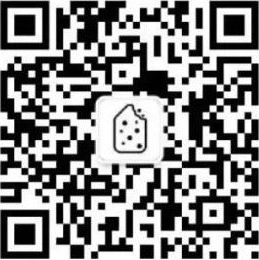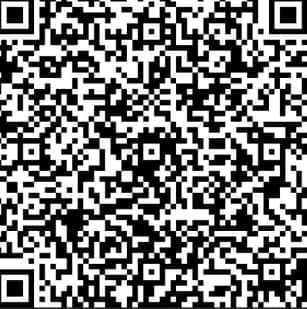










OpenStreetMap - The Free and Editable World Map
Explore OpenStreetMap, a co...
Tags:Map Toolscommunity collaboration editable map free map gis global mapping humanitarian aid navigation open-source OpenStreetMap OSM文章目录[隐藏]
Introduction to OpenStreetMap
OpenStreetMap (OSM) is a collaborative project that aims to create a free and open map of the world. It is maintained and updated by a community of volunteers from around the globe, functioning as a Wikipedia for maps. The data provided by OSM is open-source and freely available for download and use, offering a cost-free global mapping database.
For direct access to the OSM platform, visit the official website at https://www.openstreetmap.org/.
Website Language
OSM supports multiple languages, catering to a diverse user base. The platform's interface and map data can be customized according to the user's language preferences, ensuring inclusivity and accessibility.
Product Features
OSM is characterized by its editable and open-source nature, allowing users to contribute to the mapping process. The data structure consists of three basic elements: Nodes, Ways, and Relations, each annotated with Tags to describe their attributes. This collaborative approach ensures that OSM remains up-to-date and reflective of the latest geographical changes.
Industries and Fields
OSM's data is utilized across various domains such as transportation planning, Geographic Information Systems (GIS), navigation software, and humanitarian aid. The rapid update of map data, especially during humanitarian crises, makes OSM an invaluable resource for supporting relief efforts.
Usage Scenarios
OSM provides a multitude of services and functionalities. Users can download data in various formats like OSM or Shp for use in different GIS software. The platform also offers global and regional data downloads, as well as access through the Overpass API, catering to the diverse needs of its users.
Community Contributions
The success of OSM is heavily reliant on the contributions of its global community. Individuals can contribute to the map through various means, including GPS devices, aerial photographs, satellite imagery, or personal knowledge of specific areas. This crowdsourcing model enables OSM to continuously update and refine its mapping data.








